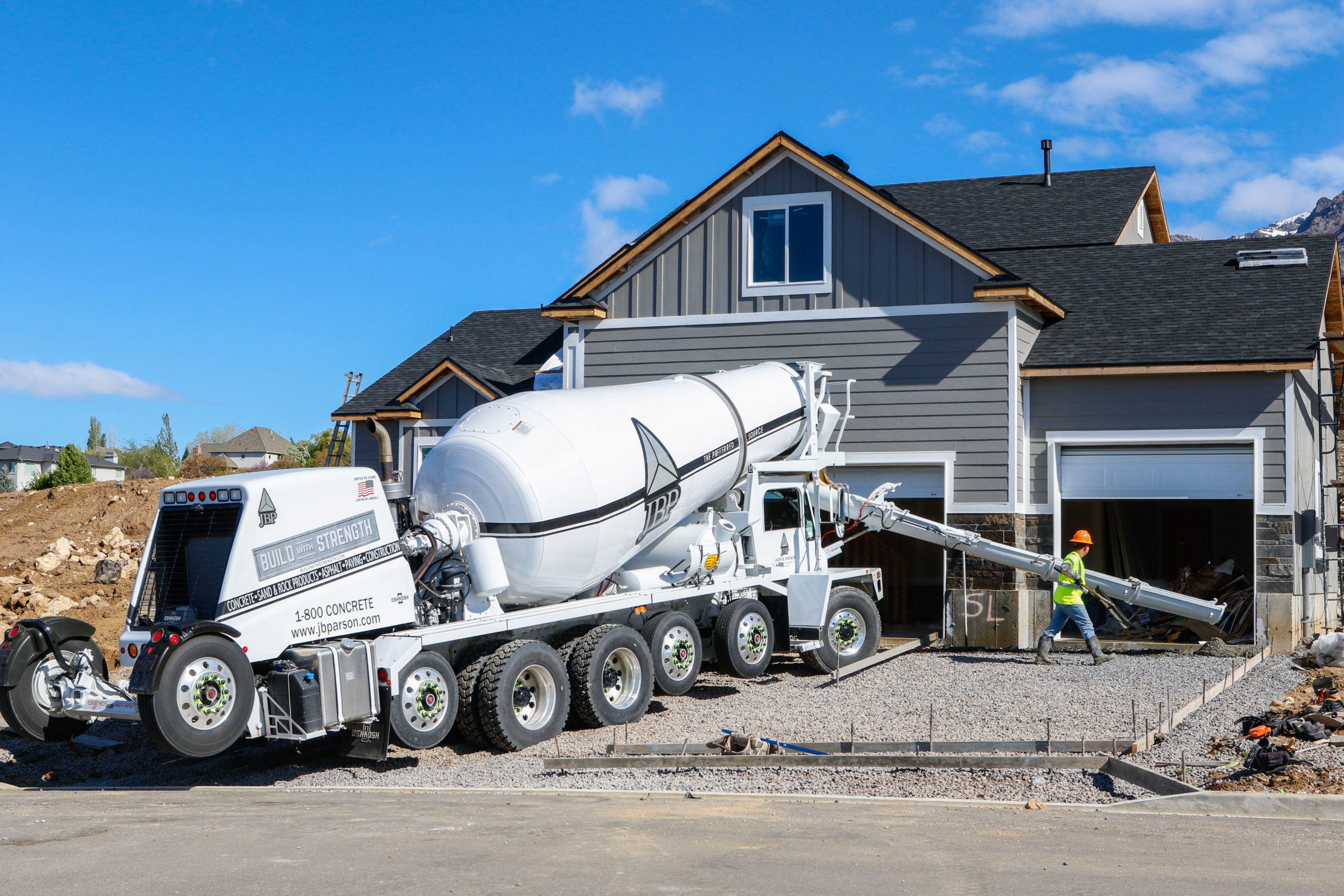5 Ways to Maintain Concrete
May 12, 2022
 Chances are, if you’ve got concrete on your property, or plan to add it, your desire is to make sure that it lasts as long as possible. That means maintaining it in a way that not only keeps it looking good but also keeps it structurally sound. The last thing you want to see is your slab riddled with stains or falling apart because of a lack of proper care. Not to mention the potential liability hazards that can befall home or business owners who don’t pay attention to safety precautions. The key is to assess and find an option that works best for you.
Chances are, if you’ve got concrete on your property, or plan to add it, your desire is to make sure that it lasts as long as possible. That means maintaining it in a way that not only keeps it looking good but also keeps it structurally sound. The last thing you want to see is your slab riddled with stains or falling apart because of a lack of proper care. Not to mention the potential liability hazards that can befall home or business owners who don’t pay attention to safety precautions. The key is to assess and find an option that works best for you.
- Keep Concrete Clean
This is a simple concept but not necessarily an easy one to pull off. Compared to most other options, this requires long-term attention. You can do this a few different ways, but one of the most effective is your timing. Because concrete is a porous material, anything that’s left on the surface can not only stain but eventually cause it to break down. When you notice something, address it right away! A great method is to ask a professional about good concrete cleaners and to invest in a pressure washer. The combination of the cleaner and the pressure washer’s power will make short work of even stubborn stains.
- Apply a Sealant
After you’ve cleaned your concrete, or as a stipulation of putting down fresh concrete, it’s smart to consider a concrete sealer to create a protective barrier. In most cases, these sealants are topical products that are added to the surface of the concrete with brushes or rollers. The professionals at Staker Parson can provide some assistance if you need it, but, at a minimum, you need to make sure you follow the manufacturer’s recommendations when applying any product. Apply it correctly, and you’ll get a few years of needed protection against stains and other surface damage.
- Mind Your Joints
You’ve probably noticed that there are joints running through most concrete slabs or sidewalks. These joints are usually filled with a felt-like joint product that creates a buffer between the two sections of concrete and allows them to move and settle along those joints instead of cracking the concrete in unwanted areas. With time, that joint product breaks down and can allow water to begin eroding the ground underneath. In this case, you can remove the damaged joint product and begin replacing those sections with a self-leveling sealant that can be picked up from most home improvement stores. It will go a long way to help you maintain the health of your concrete. Just be sure to follow the instructions on the sealant!
- Avoid Too Much Weight
Most residential concrete is installed with normal use in mind. That means that it’s rated for the weight associated with most passenger cars and trucks. What it may not tolerate is the weight from heavy equipment or large capacity vehicles (moving trucks or delivery trucks). If you have questions, be sure to reach out to us, and we can give you some pointers. When in doubt, keep those kinds of vehicles parked on the road to avoid damaging your concrete.
- Be Cautious of Chemicals
In areas of the world that see winter weather and consistent freeze/thaw kinds of conditions, it’s common to use chemical products to address ice removal. Most of these deicers contain either ammonium nitrates/sulfates or sodium/calcium chlorides to chemically thaw the ice. The combination of the increased freeze/thaw cycles that they create and the chemical properties of the products will wreak havoc on your concrete. The best option here is to scrape and remove snow and ice and use sand to address slipping.
Your concrete is far too valuable to allow it to become an eyesore or, worse yet, to become damaged to the point where it must be replaced prematurely. If you need a professional touch or would simply like to avoid the job altogether, contact Staker Parson today. We’re always ready and willing to help your project succeed!